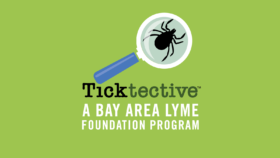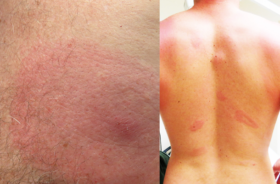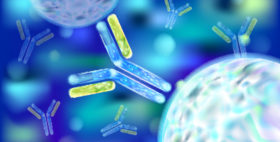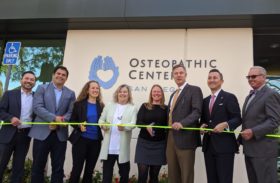FOR IMMEDIATE RELEASE
Media Contact:
Tara DiMilia, 908-947-0500, tara.dimilia@TMstrat.com
Bay Area Lyme Foundation Announces Call for Entries for the 2021 Emerging Leader Awards
Grant aims to inspire new research toward overcoming the challenges of Lyme disease
PORTOLA VALLEY, Calif., November 17, 2020—Bay Area Lyme Foundation, a leading sponsor of Lyme disease research in the US, is announcing a call for entries for their 2021 Emerging Leader Awards (ELA), which are designed to encourage scientists who embody the future of Lyme disease research leadership in the US. This year, two grants, $250,000, and $100,000 will be awarded. Recipients will be researchers from academia or the private sector in the US. who have not necessarily conducted previous research in tick-borne diseases. All applicants are encouraged to bring learnings from other therapeutic areas to their research projects. Their proposal must have a defined scientific approach and rationale that can advance diagnostics or treatments for Lyme disease. Applications will be accepted through February 15, 2021, at midnight pacific. The full criteria and application for this award can be found here.
“This year has given us all the opportunity to consider the great importance of medical research and the devastation that can arise when a pathogen is not well-understood by the medical and scientific community,” said Wendy Adams, research grant director, Bay Area Lyme Foundation. “We clearly need novel approaches to make Lyme disease easy to diagnose and simple to cure, and we hope these awards offer the support that innovative researchers require.”





